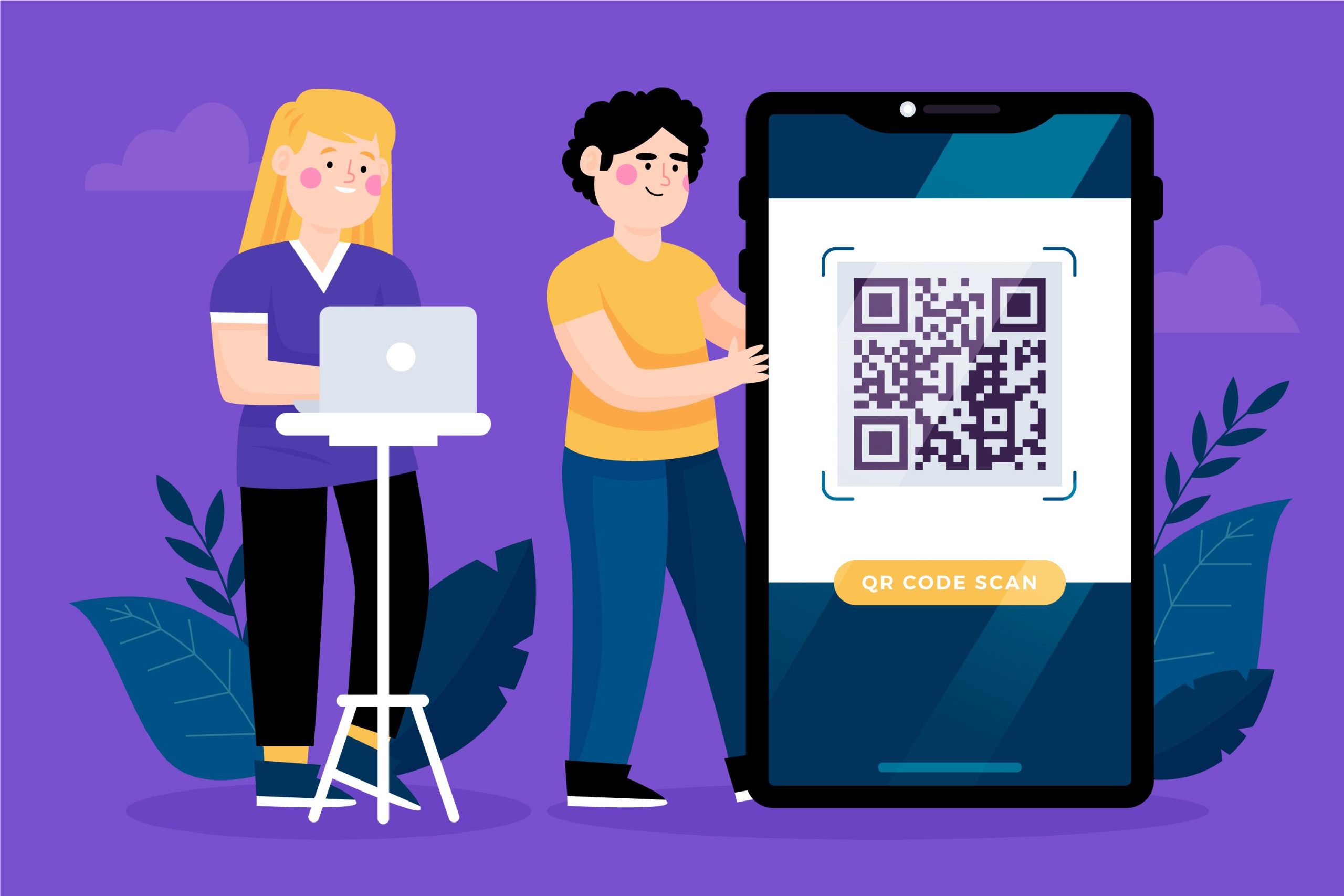In today’s event management landscape, QR codes are more than just a convenience—they’re a game-changer. By streamlining processes from registration to check-ins, QR codes help enhance efficiency and improve the overall attendee experience. To make the most out of QR code integration, follow these eight QR code best practices. They’ll ensure your event runs smoothly and successfully.
Top QR Code Best Practices to Consider
Let’s delve into the top practices for QR code integration that turn normal events into the best events:
1. Choose the Right QR Code Type
First and foremost, it’s crucial to select the right type of QR code for your event needs. There are two main types to consider:
- Static QR Codes: Ideal for fixed information like event tickets or instructions, but keep in mind that they can’t be changed once created.
- Dynamic QR Codes: These offer the flexibility to update the linked information even after the QR code has been distributed. This is particularly useful for ongoing events where details might change.
Best Practice: To ensure seamless QR code event check-ins and registration, dynamic QR codes are generally the better choice. They allow for last-minute updates, which is essential for maintaining up-to-date information.
2. Ensure High-Quality Design
Next, the design and quality of your QR codes play a significant role in their effectiveness. Here’s what to focus on:
- Contrast: Ensure a high contrast between the QR code and its background. This helps in easier scanning.
- Size: Make sure the QR codes are large enough to be scanned from a distance, particularly in crowded areas.
- Error Correction: Choose a high error correction level so that the QR code remains scannable even if part of it gets damaged.
Best Practice: Test your QR codes in various conditions—different lighting and distances—to confirm they work well with your mobile event app and registration processes.
3. Integrate QR Codes with Event Management Systems
Effective QR code integration with your event management system can greatly enhance the registration and check-in processes. Here’s how:
- Event Registration: Utilize QR codes for event registration to streamline the sign-up process. Attendees can scan a QR code to quickly access registration forms or confirmations.
- Check-Ins: Employ QR codes for event check-in to minimize wait times and manage guest flow more efficiently. This integration ensures a smooth entry process and reduces manual check-in efforts.
Best Practice: Ensure that your QR code event check-in system is well-integrated with your event registration platform to avoid any potential technical hiccups on the day of the event.
4. Test QR Codes Before the Event
Thorough testing of QR codes is essential to avoid any disruptions. Here’s what to do:
- Functionality: Verify that QR codes work across different devices and QR code scanning apps.
- Load Testing: Simulate high traffic to ensure that the linked content, such as registration pages or schedules, can handle multiple simultaneous accesses.
Best Practice: Conduct extensive testing well in advance of your event to address any potential issues and ensure a smooth QR code integration.
5. Provide Clear Instructions for Use
To maximize the effectiveness of QR codes, clear instructions for attendees are a must:
- Signage: Place visible signs with instructions on how to scan QR codes and what to expect.
- Examples: Include examples of how QR codes will be used, such as for registration or accessing event materials, to familiarize attendees with the process.
- Support: Have support staff available to assist attendees who may have difficulty using QR codes.
Best Practice: Offer straightforward and easy-to-follow instructions to ensure that all attendees can efficiently use QR codes for event registration and check-ins.
6. Utilize QR Codes for Networking and Engagement
Moreover, QR codes can significantly boost networking and engagement:
- Business Cards: Integrate QR codes on business cards or name badges that link to professional profiles or contact information.
- Interactive Content: Use QR codes to direct attendees to interactive content, such as surveys, social media pages, or event apps, encouraging active participation.
- Feedback Collection: Position QR codes throughout the venue that link to feedback forms to gather real-time insights from attendees.
Best Practice: Create engaging QR codes that enhance networking and offer interactive experiences to facilitate meaningful connections at your event.
7. Follow QR Code Performance
Besides, the performance tracking of QR codes provides insightful information:
- Analytics: Establish analytics that can trace the QR code scans regarding location, time, and device type to comprehend the behaviour of the attendees.
- Performance Metrics: Measure metrics such as scan rates and bounce rates to evaluate the effectiveness of QR code placements and linked content.
- Adjustments: The QR code deployment shall be optimized based on real-time performance data during the event.
Best Practice: Regularly review QR code performance data to refine the event experience and enhance future QR code integrations.
8. Ensure Accessibility and Inclusivity
Lastly, making the QR code accessible to everybody, including those with disabilities, is important:
- Color and Size: Apply best practices to contrast and size so the QR code will be visible and can be scanned by all attendees.
- Alternative Options: At the very least, provide alternative ways to access information linked through QR codes, including written instructions or direct assistance.
- Feedback: Making provision for feedback from attendees with disabilities in order to identify problems and work on improvements.
Best Practice: Consider accessibility and inclusivity to ensure QR codes are usable by all attendees at your event.
Conclusion
Incorporating QR codes into your event can streamline processes and enhance the attendee experience when done correctly. By following these eight QR code best practices, you’ll ensure a seamless integration for event registration, check-ins, and engagement. From selecting the right QR code type and ensuring high-quality design to providing clear instructions and monitoring performance, these practices will help you make the most of QR code technology. Embrace these strategies and see how QR codes can transform your event into a more organized, engaging, and successful experience!




